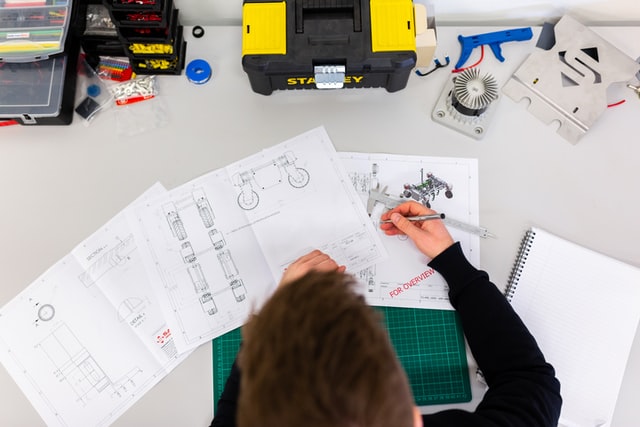Fluid process engineers are routinely called on to solve problems and design systems that can handle a wide range of operating conditions. These challenges mean that design engineers need to be aware of certain design limitations that can affect the ability by system to meet these requirements. Read on as we explore some of the most common design limitations for hydraulic and pneumatic systems and how best to work around them.
1) Physical Dimensions
The physical dimensions of the components in the system, especially the pipes and hoses that are used to carry fluid through the design, can present a significant limitation to what you can and cannot do. While this is not usually an issue with most industrial systems, it should be considered during conceptual design before moving forward to avoid surprises later on.
2) Space Limitations
The space available for the system to be placed in can be a problem when designing systems that will need to go in a tight location, or in certain industrial facilities where there simply isn’t any room for a new process line. Space limitations can often be sidestepped by using gravity feed when possible and by ensuring that you don’t have too many different fluid handling components running off one pump or source. However, in some cases, you may need to rethink your approach entirely and come up with an entirely new design.
3) Temperature Limitations
Temperature limitations are one design limitation that engineering can’t always handle. Usually, this happens when your fluid enters the system at one temperature but leaves it at another temperature different from what it started with. While there are ways to get around this constraint (increasing flow rate comes to mind), sometimes the best solution depends on your specific project and personal design expertise.
4) Electrical or Plumbing Connectivity
The electrical and plumbing connections associated with the system can also be a significant design limitation. This is especially true when you need to connect to an existing system that does not (or cannot) conform to the new requirements you set out for it. In such cases, there may not be any good solution other than redesigning the entire project from scratch or getting very creative depending on the situation on-site.
5) Energy Efficiency
Energy-efficient systems require careful balancing of flow rate and pressure – sometimes by using a variable speed drive combined with a corresponding variable frequency drive controller. While these types of pumps can get expensive, you should consider their cost savings over time during the design process to ensure that they pay for themselves in a reasonable amount of time.
Next steps
By taking these design constraints into consideration, you can help ensure your design is feasible and meets the project’s specific needs. For expert design support with any type of hydraulic or pneumatic application, please contact Hydrastar today on 01353 721 704.
Image source: Unsplash



